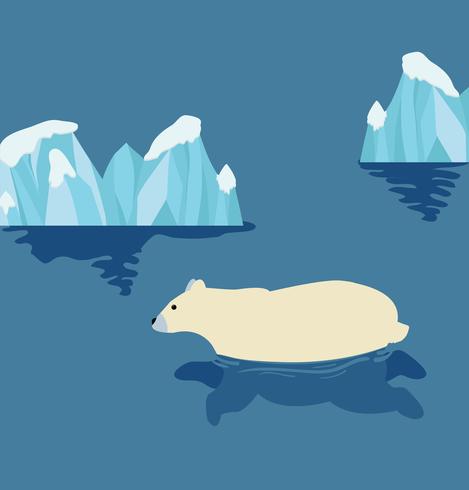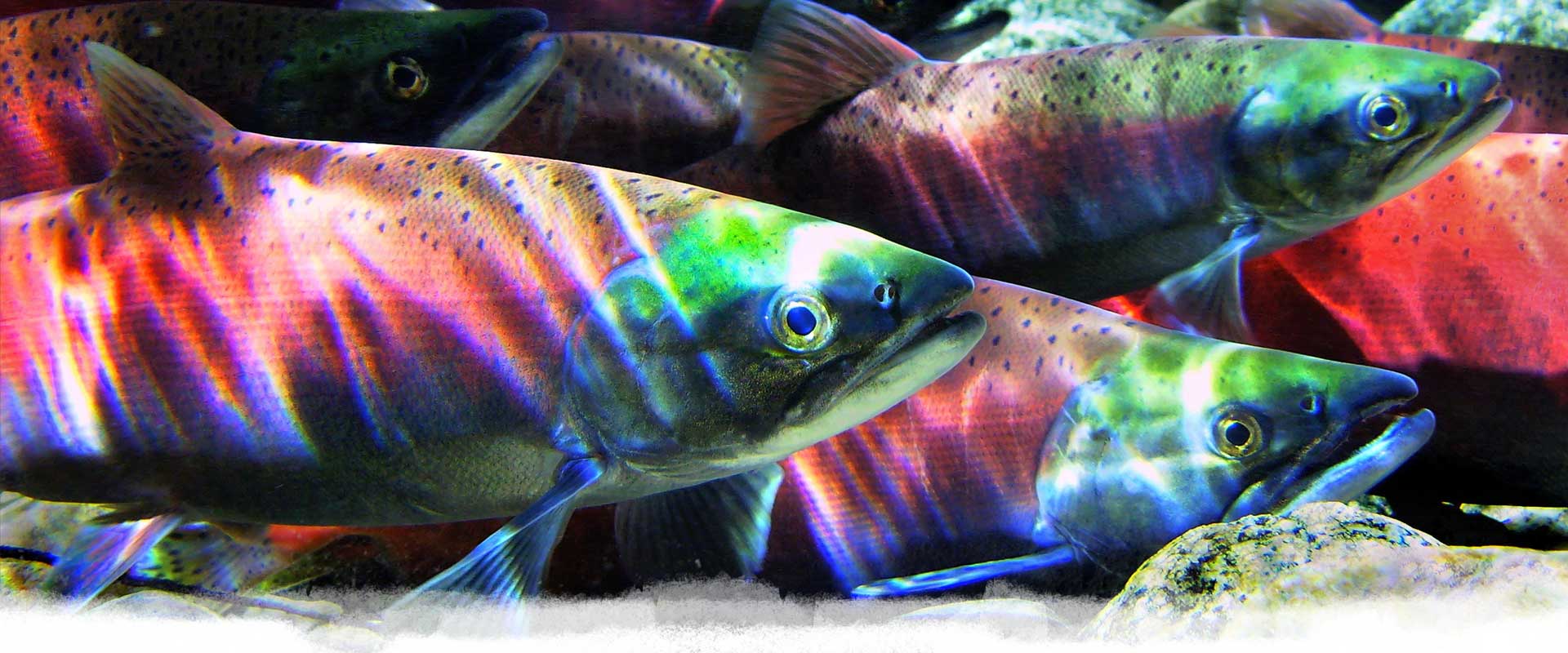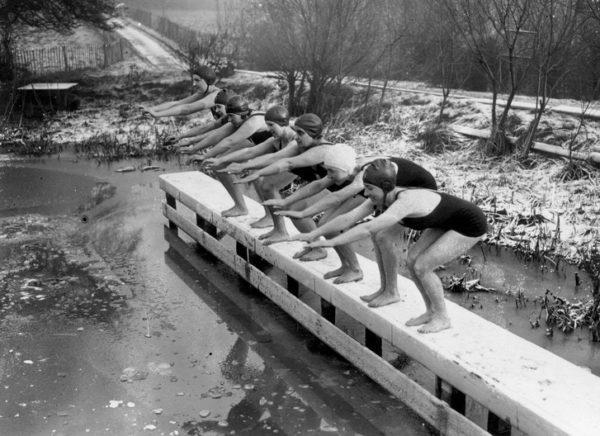
12 Dec FOKLSS Tips for taking a Polar Bear Swim
How to Swim Like a Polar Bear
So you’ve picked up your Polar Bear Swim pledge form, and collected pledges from your friends, family, and coworkers with the promise that you will immerse yourself in the chilly waters of Kootenay Lake on New Year’s Day. Now you’re looking at the lake and wondering, “Can I actually do this?!”
Have no fear. We spoke with FOKLSS Board member Julia Cedar, who often takes winter plunges into Kootenay Lake, and learned some secrets to help you successfully complete the Polar Bear Swim and impress your friends.
To begin, let’s look at the impact that rapidly plunging into cold water has on a person. In addition to feeling cold, physiological changes occur within your body. These include blood vessel constriction, increased heart rate and gasping for air followed by rapid breathing. These effects are known as the “cold shock response”. Fortunately, there are ways to decrease the effects of the cold shock response and make your Polar Bear Swim much more pleasant.
Research has shown that the human body will adapt to repeated cold water exposure. Leading up to the event, some practice will go a long way in ensuring your success. Cedar suggests training at home by starting with a hot shower to warm up your core, and then rapidly turning the water to cold (which one study suggests may also reduce the severity of illnesses).
On the big day, one element to success is dressing appropriately. “One thing that really makes a difference is to have shoes or booties,” says Cedar. Wear a toque if you don’t plan to immerse your head.
Cedar recommends warming up your body just prior to the swim, either by running around or doing squats and moving your arms. Upon entering the water, she suggests keeping your hands out of the water, because “the extremities are really hard to warm up.”
In addition to the physical aspects of the cold shock response, research has found that there is a psychological element to enduring cold water. Cedar recommends taking a calm approach to the swim. While many participants enter the lake with great enthusiasm and fanfare, “there’s also a way of going into the water in a more meditative way,” she says, “I’m connecting with the lake, I’m breathing and everything is going to be okay.” She suggests entering the lake slowly, “we don’t run. We walk into the water and then we kneel.”
Once you’re immersed, try to breathe calmly. Cedar enjoys “total clarity of mind,” while in the water, and the feeling that “nothing is happening except for me trying to not panic in the cold water. It’s a nice way to be very present in the moment.”
Upon exiting the water, start by drying yourself off thoroughly. Be sure to have plenty of warm, dry clothes waiting for you on shore. This is a perfect time to enjoy some of the hot chocolate and chili that will be available at the event.
We hope that these tips help you to successfully complete (and enjoy!) your Polar Bear Swim.
Do want to participate and still need a pledge form?
Click here


